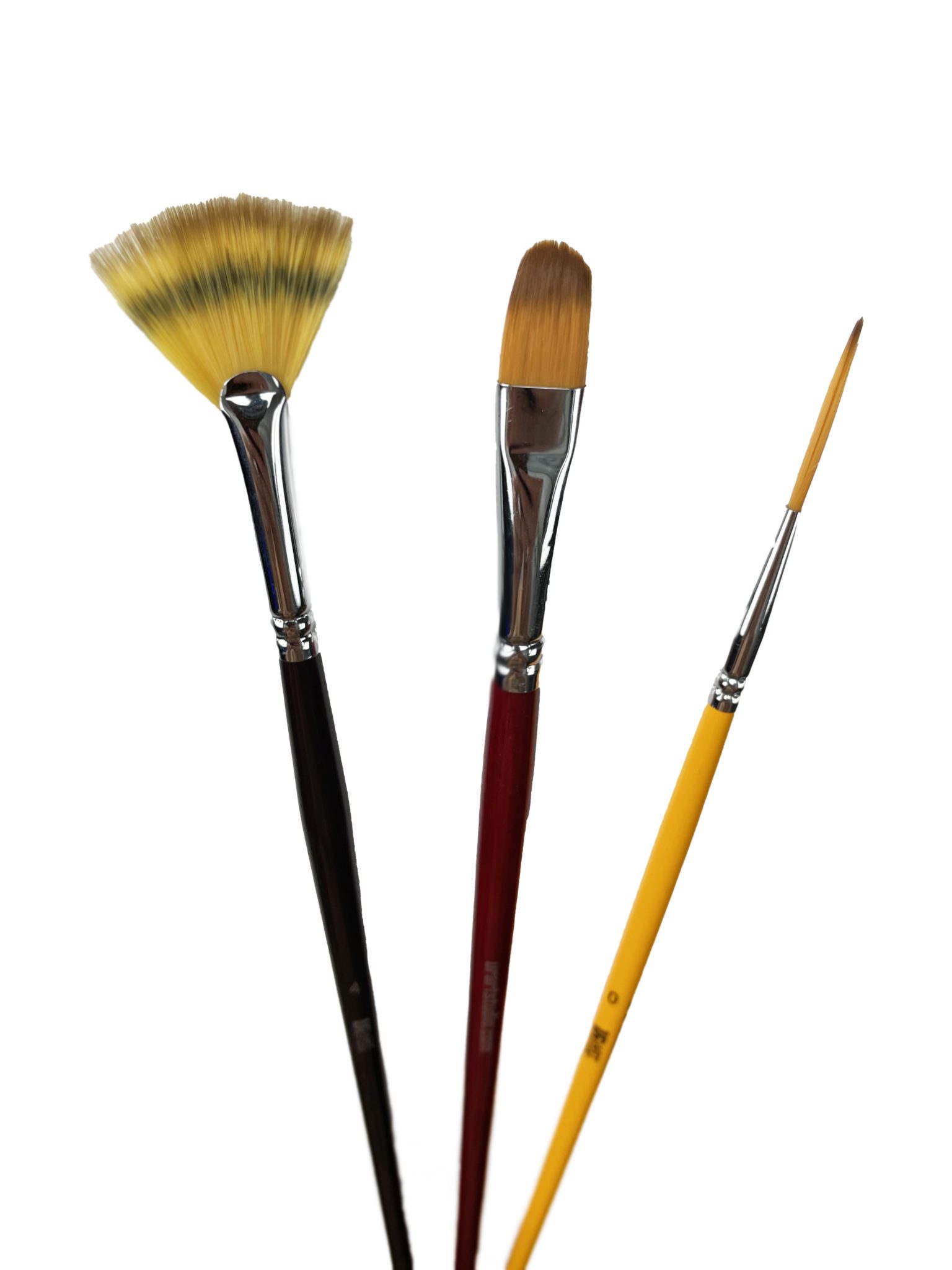Title: Mastering Brush Selection: Finding the Right Paint Brushes for Your Acrylic Landscape Painting Project
Introduction:
Embarking on an acrylic landscape painting project requires not just creativity but also the right tools. Among the essential tools, paint brushes play a crucial role in bringing your artistic vision to life. In this comprehensive guide, we will delve into the intricacies of choosing the perfect paint brushes for your acrylic landscape paintings. Enhance your painting journey with the right tools and techniques, and remember to explore the myriad painting tips and resources available at urartstudio.com.
Understanding Brush Selection:
a. Purpose: Different brush shapes and sizes cater to specific painting techniques. Understanding the purpose of each brush type will help you achieve desired effects in your landscape painting.
b. Quality: Invest in high-quality brushes to ensure durability and optimal performance. Well-made brushes retain their shape, hold paint effectively, and provide smooth application.
Types of Brushes:
a. Round Brushes: Ideal for detailing, fine lines, and controlled strokes, round brushes are versatile tools for adding intricate elements to your landscapes.
b. Flat Brushes: Perfect for creating broad strokes, defining shapes, and covering large areas, flat brushes are essential for capturing the expansiveness of landscapes.
c. Filbert Brushes: Combining the characteristics of round and flat brushes, filbert brushes are excellent for blending, softening edges, and creating organic shapes in your paintings.
Considerations for Brush Selection:
a. Bristle Type: Synthetic and natural bristle brushes offer different painting experiences. Synthetic brushes work well with acrylic paints, while natural bristles provide unique textures.
b. Handle Length: Longer handles offer better control for detailed work, while shorter handles are convenient for broader strokes and expressive painting.
Building Your Brush Collection:
Curate a collection of brushes that caters to various painting needs. Ensure you have a mix of brush shapes, sizes, and bristle types to handle different elements in your landscape compositions.
Brush Care Tips:
a. Cleaning: Regularly clean your brushes with water or mild soap to maintain their quality and longevity.
b. Storage: Store your brushes upright or flat in a well-ventilated area to preserve their shape and prevent damage to the bristles.
Conclusion:
By understanding the nuances of brush selection and investing in quality tools, you are poised to elevate your acrylic landscape painting skills. The right brushes will not only enhance your creative process but also enable you to translate your artistic vision onto canvas with precision and finesse. For further insights, tips, and a diverse range of painting supplies, visit urartstudio.com. Happy painting!
Note: This blog post is a fictional creation for the purpose of this exercise and does not represent actual content from urartstudio.com.
#PaintBrushes #AcrylicPaintingTools #LandscapeArtSupplies #BrushTypes #ArtistEssentials #PaintingTechniques



Leave a Reply
You must be logged in to post a comment.